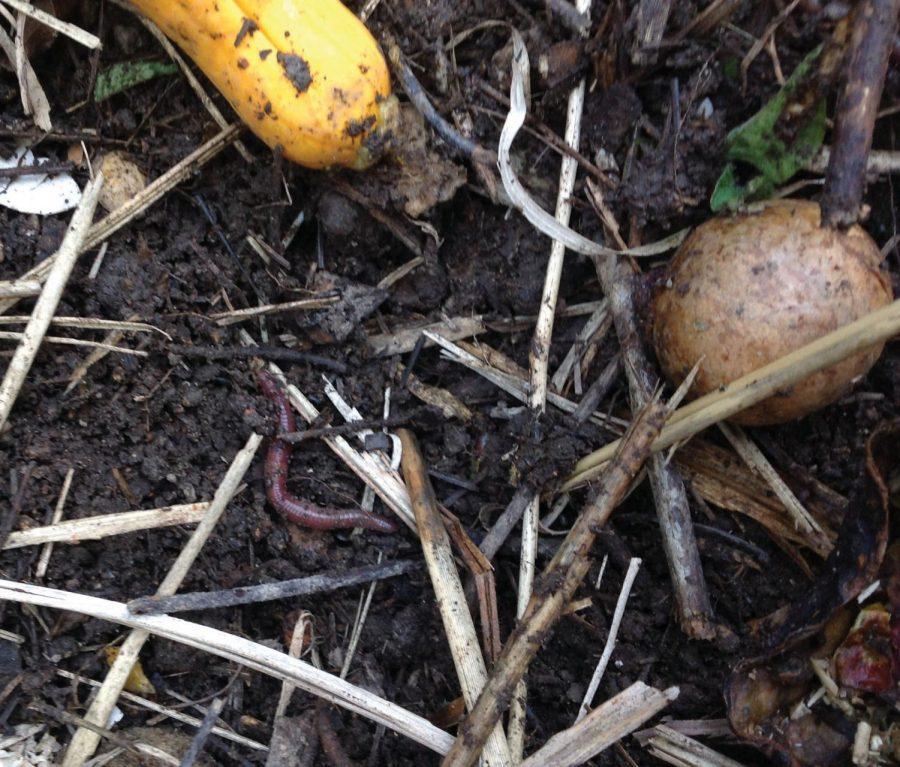Composting gives new use for old waste
April 22, 2016
“She is so trashy.” No, it is not the latest celebrity everyone is talking about. It is our planet, Mother Earth.
The U.S. has around 3,100 active landfills and over 10,000 inactive municipal landfills, according to the United States Environmental Protection Agency.
Food scraps and yard waste are 20 to 30 percent of what humans throw away, and composting is one way to reduce that number, according to the EPA website.
Composting involves adding food scraps like eggshells, fruit and vegetable peels, coffee and similar items to a pile, special container or even just a hole in the yard. Heat and air help these items break down and eventually become soil perfect for gardens or planters.
“It’s a very rich soil,” said Department Chair of the Physics and Earth Science Department Brenda Webb. “The nutrients will enhance whatever you’re growing.”
English professor Leslie Peterson has composted most of her life.
“There’s a saying, ‘Compost happens,’” she said.
Growing up in Canada, she and her family lived near a plant that processed cocoa beans into chocolate, she said.
“My mother used to get the cocoa bean hulls that were left over from the processing and spread them as compost and mulch on the garden,” she said. “My garden always smelled like cocoa. Right from a pretty early age, I understood that organic gardening was the way to go.”
There are numerous ways to compost, Peterson said. She adds her scraps to a pile in her yard.
“I don’t think it’s necessary (to use containers),” Webb said. “I think students might think that they have to, and that might be prohibitive from a cost (viewpoint). Students are always thinking cost. Piles work.”
Fresh food scraps like banana peels, eggshells, grains and other fruits and vegetables go into compost, said junior Ashlin Gean, who lives off campus.
Gean said she started a garden last summer and read about composting online.
“I was looking for ways to help the environment,” she said. “I found out composting was like free fertilizer.”
She puts her scraps into a hole in the ground, she said.
“I like that best because that way all the little critters get to come in and work on it for you,” she said. “The worms are the most important part.”
It is important to keep the compost far enough away from living quarters so rodents do not become a problem, Webb said. For students living on campus, this might be an issue.
Peterson said those students could compost things like coffee grounds instead of food scraps.
Gean said she found keeping a balance between wet and dry scraps works best.
Dry scraps include things like cardboard, paper towels and dead leaves, she said.
Gean said she suggests anyone considering composting start saving food scraps and do some research.
“There are so many ways to go about it,” she said. “You just have to see which way is best for you.”
Peterson said it is an easy way to help the environment.
“It’s not a lot of work, but it’s just a way of keeping a little bit of garbage out of the landfill, and it saves money,” she said. “Even if you do it badly, and even if you only do it a little bit, at least you’re doing something.”


